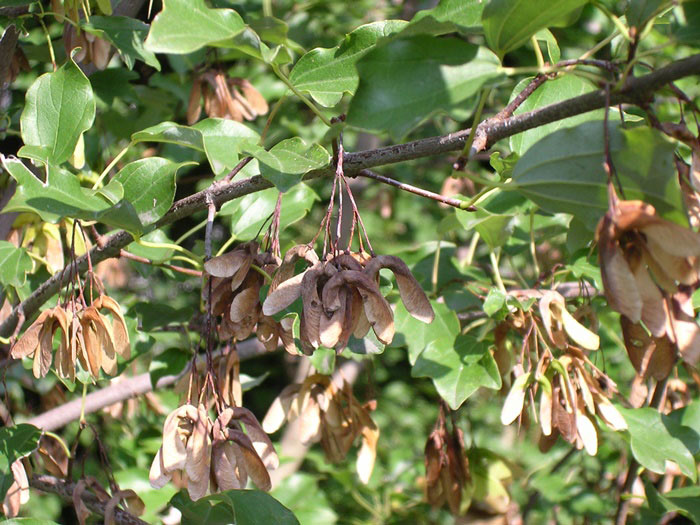Acer albopurpurascens
The Taiwan trident maple is endemic to Taiwan, mainly distributed in forest areas near the northern coast of Taiwan. However, due to habitat destruction and other factors, the number of wild individuals has become nearly extinction, facing severe challenges in the natural environment.
Unlike most maple trees, which turn red before shedding their leaves, the Taiwan trident maples turn a vibrant yellow or reddish-brown before shedding their leaves in cold weather, adding rich color to the landscape. In addition to its unique leaf coloration, this plant features aesthetically pleasing leaves resembling duck feet with three shallow lobes, making it an excellent material for bonsai. Pruning techniques can be used to reduce leaf size. Furthermore, due to its elegant form, it is suitable for small gardens as a focal tree or planting in rows as a hedge, or as a landscape tree in parks, gardens, and green spaces.
The Taiwan trident maple is a deciduous small tree. The trunk is erect, the branches are smooth, and the leaves are palmately trifid with a grayish-white underside. It blooms with small yellow-green flowers from March to April each spring. The samana spread horizontally, with a yellow-green color, and mature to a yellow-brown hue from July to September. It thrives in full sun or partial shade, with young trees tolerating shade. It has strong cold tolerance, prefers a warm and humid climate, and is suited to slightly acidic or neutral soils. The root system is tolerant of moisture. Pruning and shaping can be done after leaf fall each year, and propagation can be achieved through seed sowing, cuttings, or air layering.
The Taiwan trident maples in our museum are mainly planted in the Northern Lowland Area of the Botanical Garden. The trees on the gentle slope next to the large lawn were the first to be planted, and now every year they produce ripe fruits that can be used for cultivation and promotion. Occasionally, you can find small seedlings that have been naturally sown in the garden.
